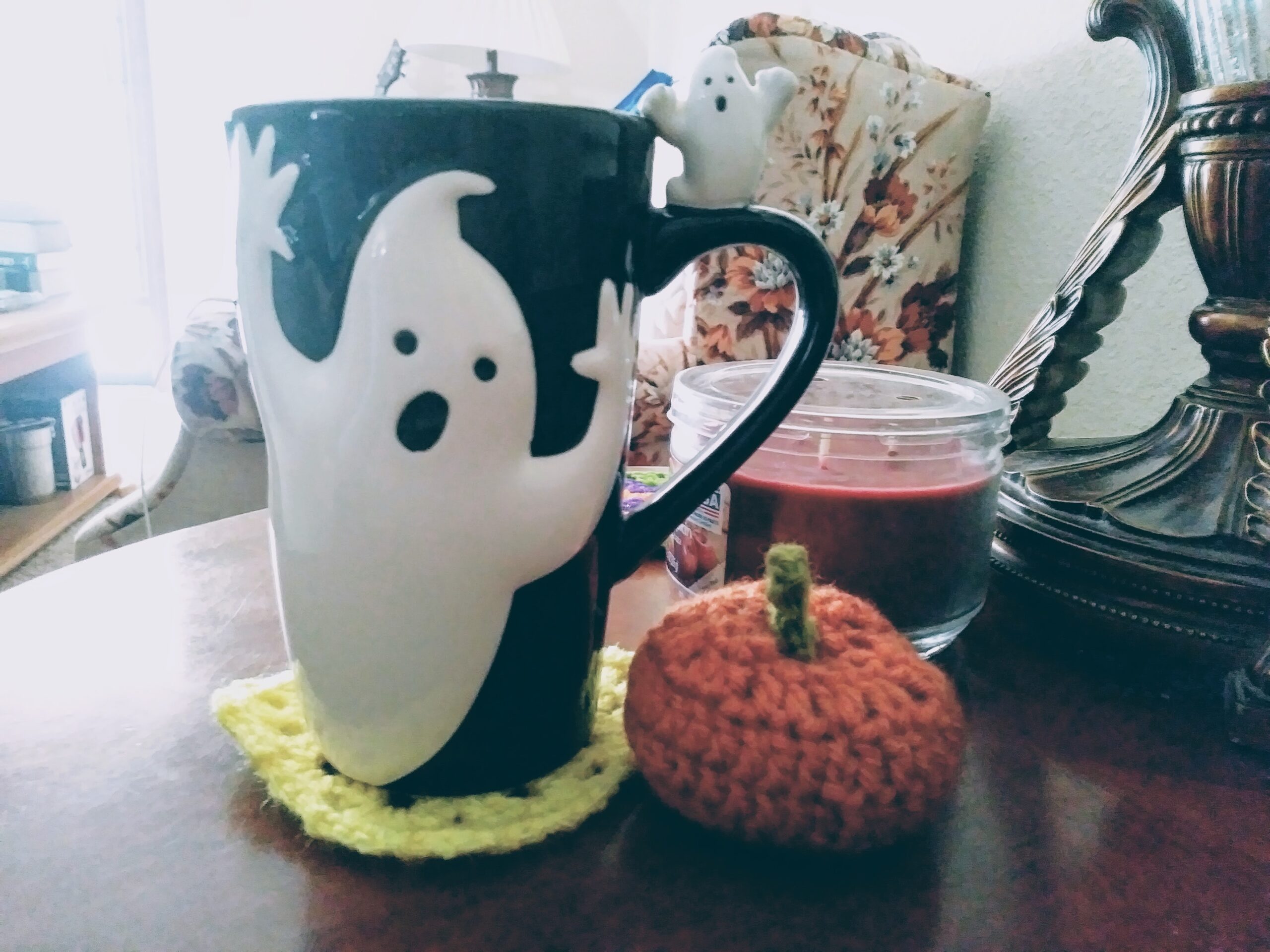18 years ago today, I was working as a retail clerk at Dillard’s department store. I had just started my lunch break, and was passing through the electronics department on my way to the break room. Sales clerks and customers alike were standing around a big screen TV, staring in shock at scenes of chaos. First responders rushing to and fro, small children being carried by firemen and paramedics, the federal building with its face sheered off behind a mountain of rubble and smoke. I had never seen anything like it before, at least outside of the movies, and I never thought I’d see anything like it again.
How wrong I was.
It’s fascinating to me, the way the Internet and social networks have evolved the way we deal with things like this. In 1995, we didn’t have text messaging or Twitter or immediate access to the Internet in our workplace. As news of the bombing spread through the workplace, everyone was shocked. How does this happen in Oklahoma? Oklahoma City is not a major city. Apart from oil, Oklahoma’s not really that important on a global or even national scale. We thought we were safe from that kind of attack. But our illusions of safety and insignificance were shattered in the blast, and the only ones we had to talk to about that, at least until our shifts ended and we could go home and be with our loved ones, were each other. In the meantime, we relied on the Electronics department clerks to keep us informed about new developments.
On 9/11, the Internet had grown up a bit, and my world had gotten somewhat smaller. I had friends all over the country now, and we kept in constant touch via group e-mails and a Yahoo! list. I found out about the first plane from one such e-mail, sent to the group by a member who worked in downtown Manhattan. A plane had crashed into a nearby building, she said, and her building was being evacuated. I was attending college then, and was late for class, so I fired back a response that I hoped she’d let us know when she made it home okay, and went to class, assuming that it had been a freak accident and nothing more. I didn’t find out that the nearby building was the World Trade Center, or about the second plane, until I got to class. A while later, someone came in and told us about the Pentagon. In my next class, there were rumors about a fourth plane headed for the White House.
All of this information came to us from faculty who were listening to the radio. It was also on the radio, on the drive home, that I learned the fate of that fourth plane, and that the first building collapsed. I got home just in time to see the instant replay on TV. I spent that day glued to the TV, and exchanging horrified and frightened e-mails with my group of distant friends.
On Monday, we had been home from running errands for about half an hour before I saw the first phone pic a spectator had taken of the bombing site re-posted on Facebook. I clicked over to Twitter, and saw a stream of confused and horrified tweets from people wondering what was happening. Those were followed by tweets with helpful information: the best way to find out if your loved ones were okay; where to find free WiFi in Boston if you needed to check in; where to hang out and get free drinks until authorities said it was safe to go home. There were messages of support, offerings of prayers, and, later in the day, more practical help: people offering up their homes to stranded survivors, people offering to buy pizza and takeout for that first group of people to help them feed the survivors. The world had gotten very small, and suddenly, for a while, the nation was one big community, taking care of each other, making sure those who needed it were taken care of.
That was not something I had ever even imagined 18 years ago when my fellow employees and I felt isolated and cut off, completely helpless, constantly taking turns going upstairs to Electronics to see if there was any new news.
We live in a different world now. After such a tumultuous week, it’s nice to be reminded that, in some ways, it has changed for the better.


0 Comments